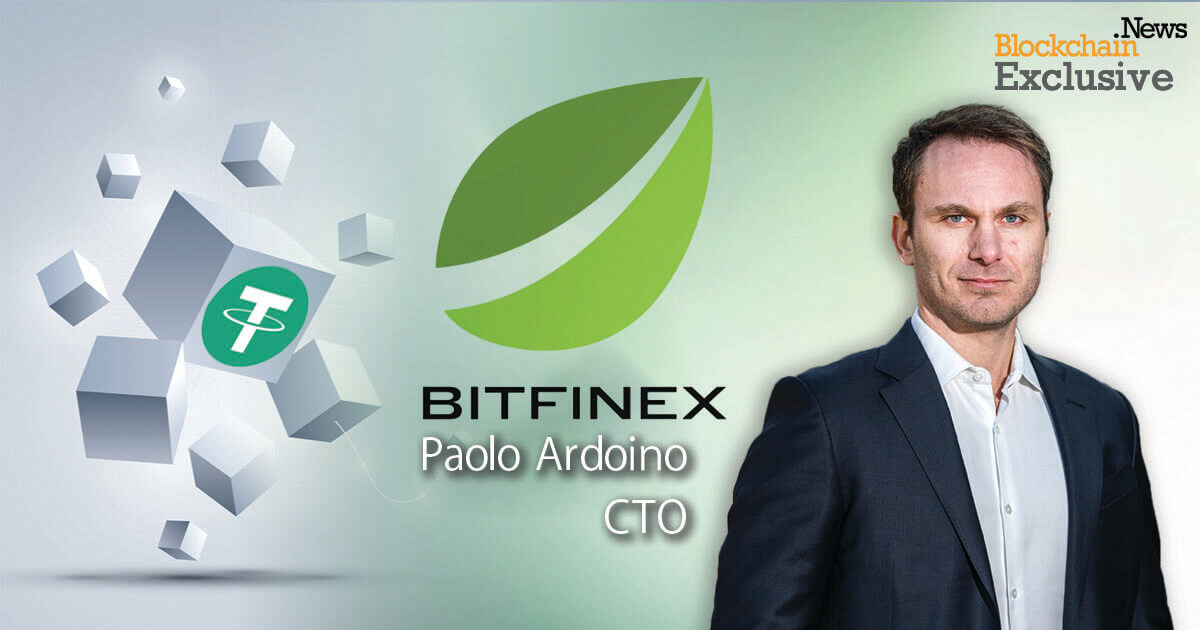Shardeum (SHM): Revolutionizing Blockchain with Dynamic State Sharding
Ted Hisokawa May 13, 2025 11:10
Explore Shardeum's innovative approach to blockchain scalability and decentralization using dynamic state sharding, its consensus mechanism, and the role of the SHM token in network operations.

Shardeum is gaining attention in the blockchain community for its unique approach to scalability and decentralization, leveraging a technique known as dynamic state sharding. This Layer 1 blockchain divides the network's state and workload across multiple shards, which can dynamically expand or contract based on real-time demand. This innovative structure enables high transaction throughput while maintaining low fees, setting it apart from static sharding models.
Dynamic State Sharding and Consensus Mechanism
The dynamic state sharding employed by Shardeum ensures that the network can flexibly respond to usage demands. This adaptability is crucial as it balances performance and resource consumption efficiently. Additionally, Shardeum integrates an Ethereum Virtual Machine (EVM)-compatible environment, allowing developers to deploy existing smart contracts without modification.
Shardeum's consensus mechanism combines Proof of Stake (PoS) with a unique process called Proof of Quorum (PoQ). Unlike traditional models that bundle transactions into blocks, Shardeum finalizes each transaction individually, reducing latency and enabling faster settlements. Validators are required to stake SHM, the network’s native token, to participate in the consensus process, with a slashing mechanism in place for any malicious activities. The network also features automatic validator rotation and redundancy to safeguard against collusion.
Innovative Tokenomics and Economic Incentives
Shardeum employs a linear scaling approach, where adding nodes directly increases the network's processing capacity, contrasting with systems that rely on enhancing individual node performance. The SHM token, fundamental to the network's operations, is designed with 18 decimal precision for compatibility with EVM-based tools.
The tokenomics of SHM are structured to promote network security and sustainability, with a dynamically adjustable supply model. At its launch, Shardeum introduced an initial supply of 249 million SHM tokens, distributed among team members, private investors, and the community. Notably, all transaction fees are burned, introducing a deflationary aspect to SHM’s supply dynamics. Validator rewards are not fixed but are dynamically adjusted based on actual network demand, ensuring economic equilibrium as the network scales.
Expanding Ecosystem and Future Developments
Shardeum supports a wide array of Decentralized Applications (DApps), infrastructure services, and community governance features. Its integration with existing wallet standards and RPC endpoints ensures seamless interaction within the broader Web3 ecosystem. The network’s roadmap includes advancements in autoscaling, interoperability, and open governance, aiming to establish a more modular and adaptable blockchain framework.
The SHM token plays a vital role in the network, facilitating decentralized consensus, economic incentives, and smart contract execution. Beyond staking, SHM also functions as the gas token for the network, used to pay transaction fees and computational costs associated with smart contracts. As the ecosystem grows, SHM is expected to gain further utility in Decentralized Finance (DeFi), governance, and cross-chain interoperability use cases.
For those interested in learning more about Shardeum and its offerings, visit the official Bitfinex blog.
Image source: Shutterstock.jpg)